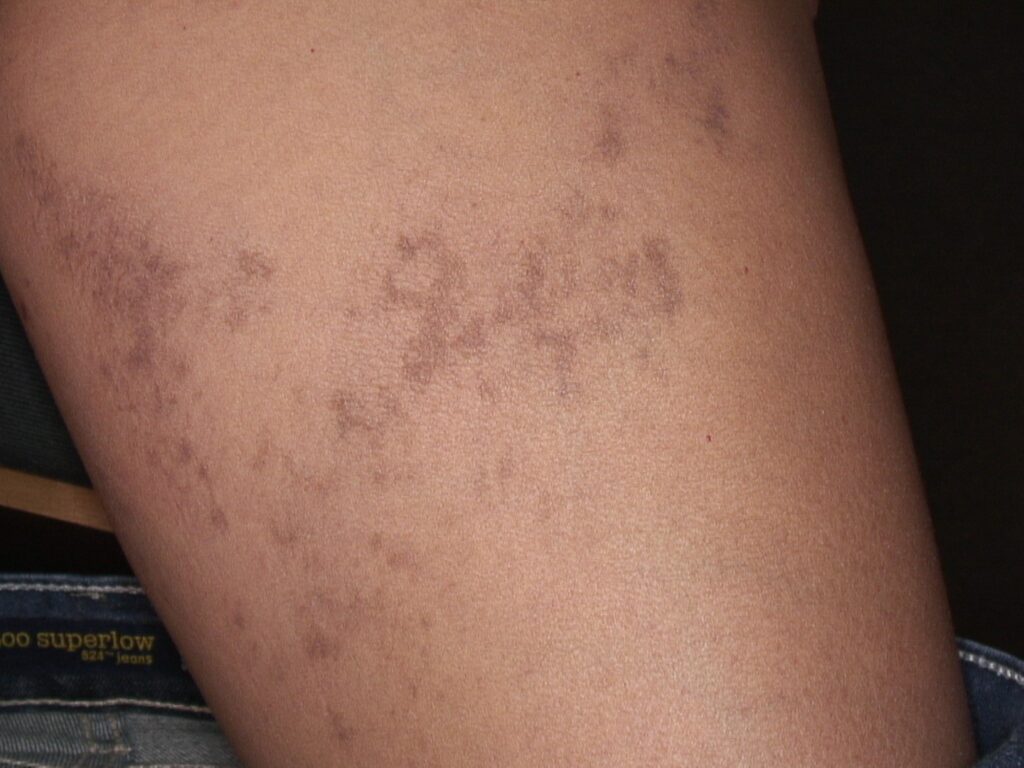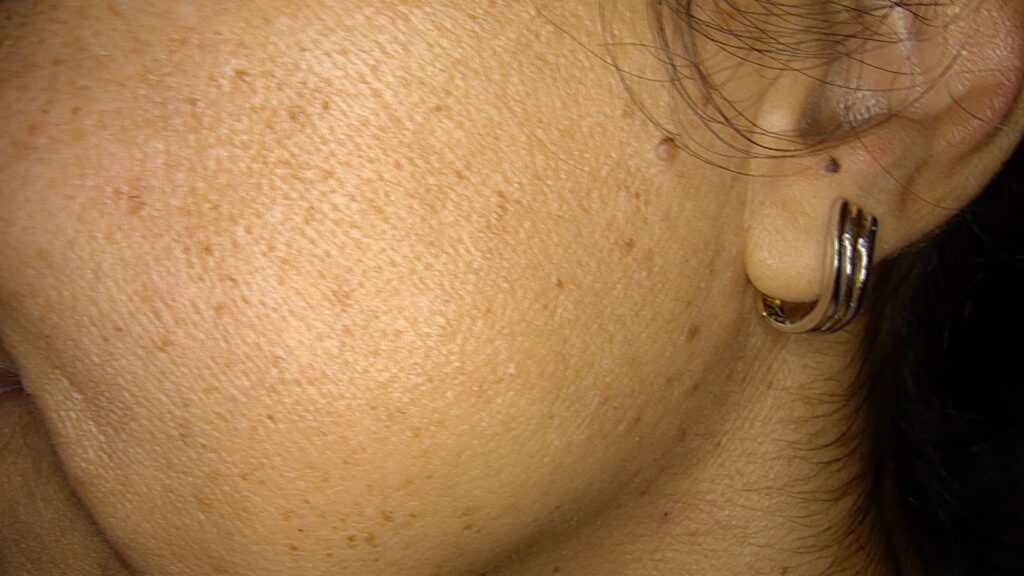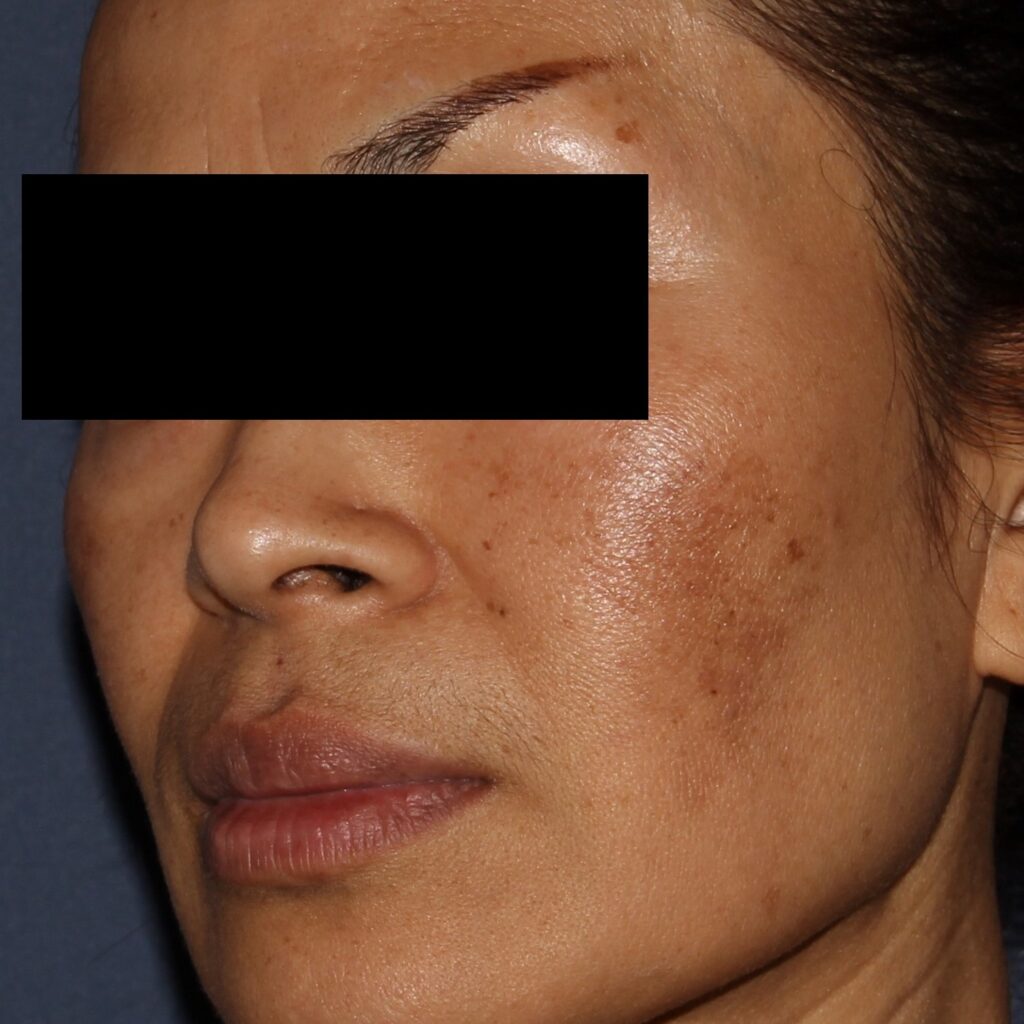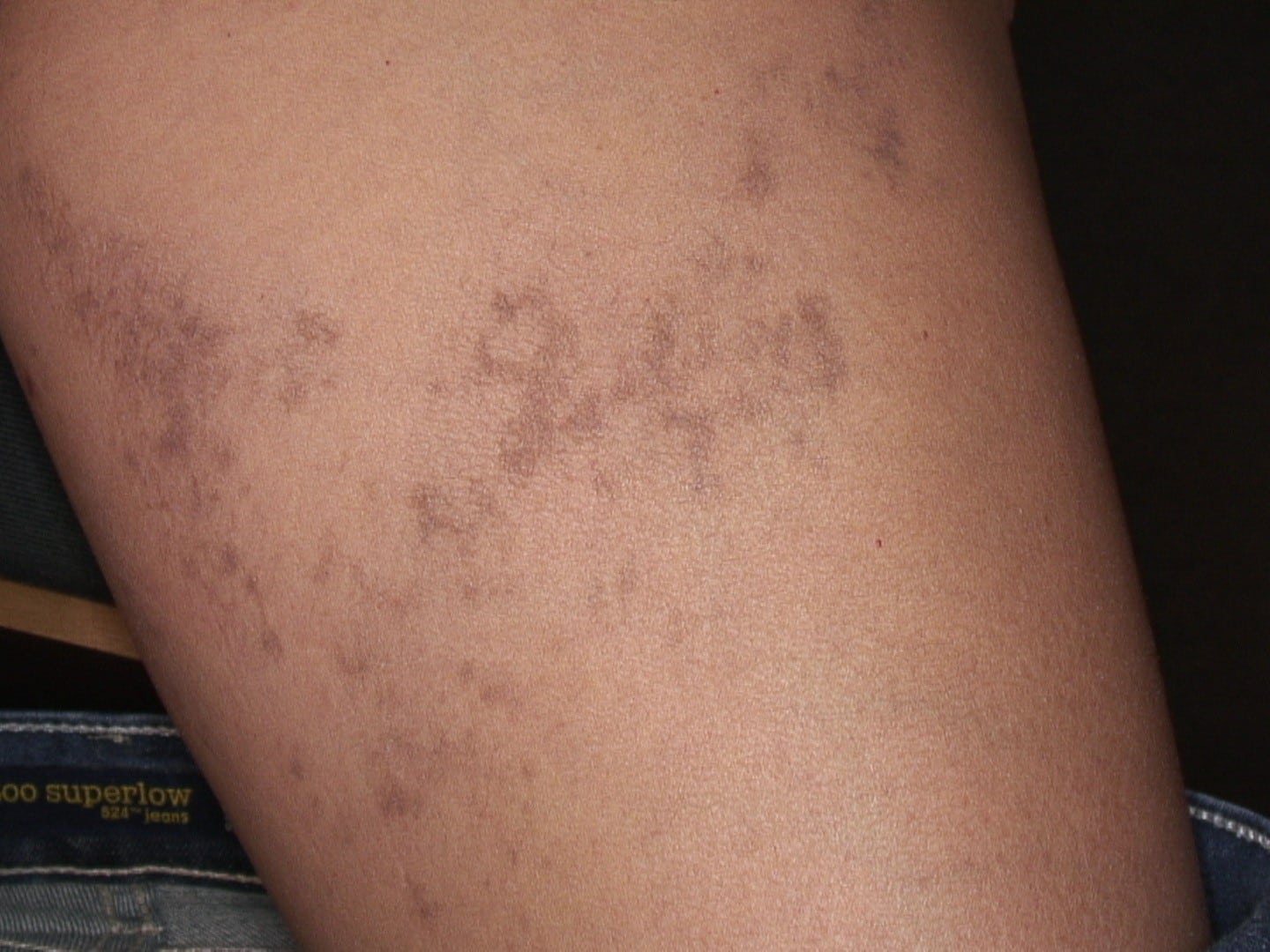While a few freckles are still considered likeable and cute, just a few Age spots with an urgent need for treatment in the dermatology practice. Hyperpigmentation is a congenital or acquired pathological dark discoloration of the skin or mucous membrane. Laser treatment is the treatment of choice.
Hyperpigmentation is caused by an increased number of melanocytes or by increased localized melanin formation. Possible reasons for the increased occurrence are today's lifestyle with pronounced with pronounced UV exposure and the widespread use of hormonal contraceptives. hormonal contraceptives and hormonal therapies.
In addition, there is the so-called post-inflammatory hyperpigmentation (PIH), i.e. pigmentation that occurs after inflammation. Examples would be after a burn, a chemical burn or even inflammatory skin diseases. Sometimes, unfortunately, they occur after failed laser treatments or aggressive peeling treatments. The treatment of such pigmentary shifts is not infrequently a therapeutic challenge that must be readjusted for each individual patient. The choice of treatment method depends in particular on the depth of pigmentation in the skin.


When a patient comes to us with the wish to remove a pigmented lesion, the first step is to make a correct diagnosis. correct diagnosis. The most important factors are the patient's medical history and a dermatoscopic examination (magnifying glass placed on the skin). At If a malignant lesion is suspected, a tissue sample must be taken. Depending on the diagnosis, the appropriate treatment must be determined. Either a local cream therapy or a laser therapy can be used. therapy. In many cases, a combination therapy is also chosen.
The lightening of the affected skin areas with locally applied products is primarily promised through the use of active of active ingredients that either inhibit the growth of melanocytes or melanin production melanin production or promote the breakdown of melanocytes.
If topical therapies do not show an appropriate response, various laser systems can be used as a supportive measure, or a or you can decide to use a laser as the primary treatment. Whenever you pick up a laser, you should think about the choice of wavelength. wavelength. In the case of hyperpigmentation, we have a spectrum of wavelengths that absorb in melanin.
A distinction must be made here between 1. ephelids, lentigines or flat seborrheic keratoses or 2. to the fundamentally different treatment of the Melasma or the PIH.
For the first group, q-switched lasers are the first choice: Classically, we use q-switched ruby lasers (694nm), which, however, carry the risk of permanent hypopigmentation in darker skin types. Alternatively, we use the wavelength 532nm as q-switched nano- or picosecond laser. Properly dosed, there is no epidermal injury, but the treated pigment changes within a few minutes to a darker lesion, usually surrounded by a slight redness. In order not to induce PIH, this treatment is always performed under consistent skin cooling.


In melasma and also in PIH, a forced procedure can worsen the findings. Therefore, fractionated non-ablative lasers, Q-switched 1064nm, a Q-switched ruby laser (694nm) or the fractionated thullium laser are often used in such cases. The treating physician should be well versed in this therapy to avoid risking deterioration. Used correctly, these lasers can often work wonders. The number of therapy failures is very small.


As can be easily seen, the treatment options are extensive. However, we are well equipped at both locations to provide assistance with any type of hyperpigmentation. Let us advise you.




